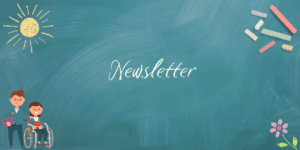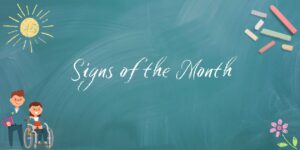
Understanding Consent and Appropriate Touch
This resource has been created to help young adults understand the importance of consent and appropriate touch in everyday life. Learning about personal boundaries, respect, and communication helps everyone feel safe, valued, and in control of their own choices.
The social story linked below uses clear language and real-life examples to explain what consent means, when and how to ask for it, and how to recognise when someone is not comfortable. It also covers ways to show care and friendship appropriately while respecting personal space.
We encourage parents, carers, and staff to explore this resource together with young people, offering opportunities for discussion and reflection in a supportive and understanding environment.
Relationships





